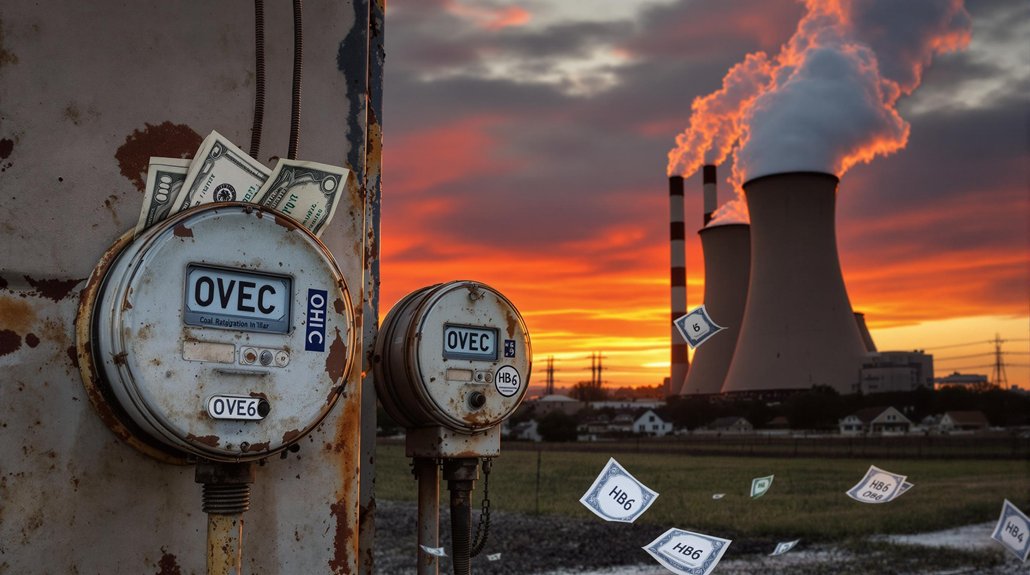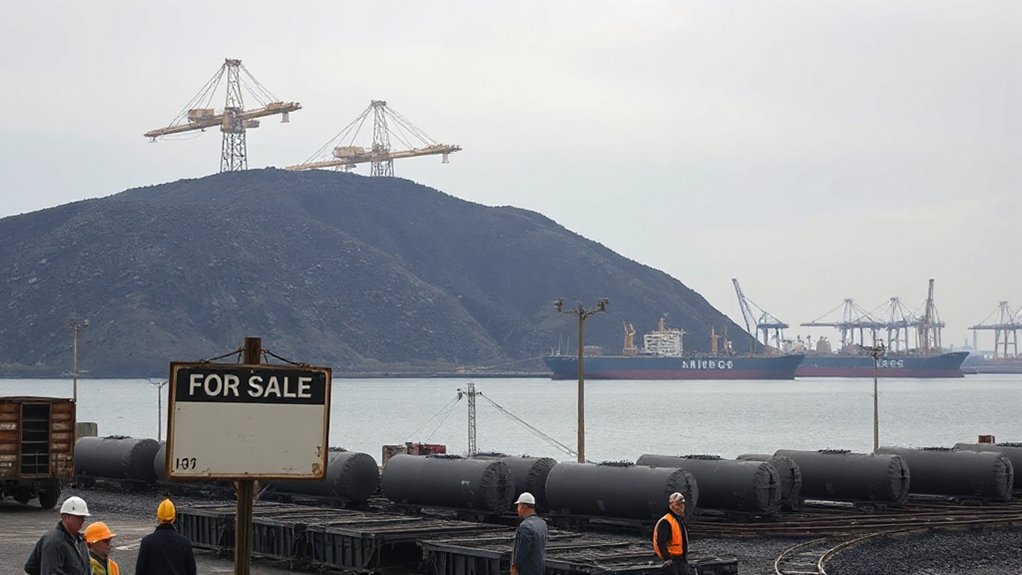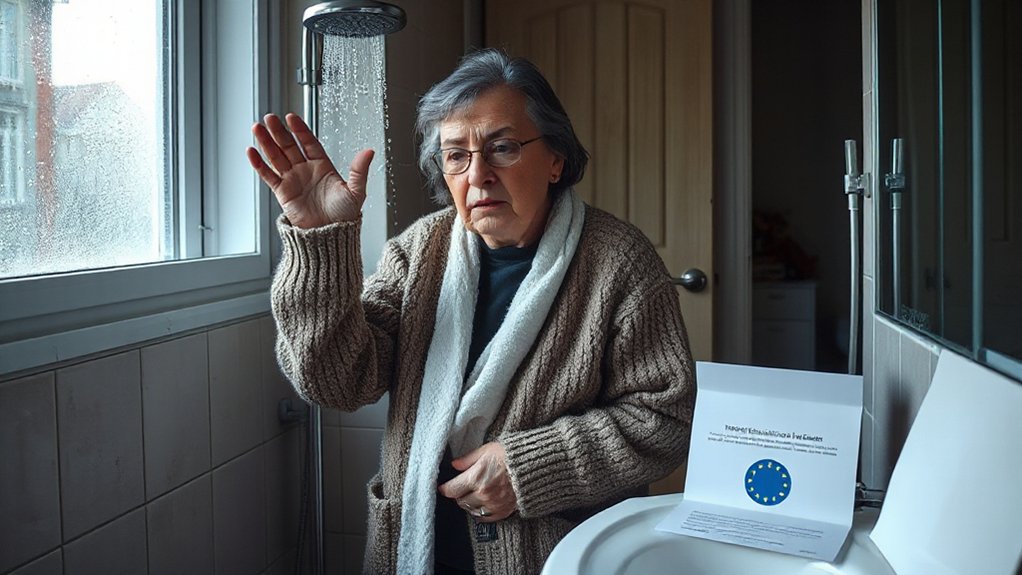Ohio lawmakers are pushing to end coal plant subsidies created by House Bill 6, which has cost ratepayers over $182 million since 2019. The controversial law was linked to Ohio’s largest corruption scandal, resulting in former House Speaker Larry Householder’s 20-year prison sentence for bribery. While the nuclear bailout portions were repealed, coal subsidies remain, costing Ohioans about $130,376 daily. The legislative battle reveals the intersection of energy policy and political corruption.
Why are Ohio residents paying millions to keep two aging coal plants running when they’re losing money? Since 2019, Ohioans have paid over $182 million to subsidize two 67-year-old coal plants: Kyger Creek in Ohio and Clifty Creek in Indiana. These plants, owned by Ohio Valley Electric Corporation (OVEC), have sold electricity below their generation cost since 2012.
The subsidies came from House Bill 6, which passed in 2019 and was later exposed as part of Ohio’s largest corruption scandal. Former House Speaker Larry Householder received a 20-year prison sentence for his role in a $60 million bribery scheme involving FirstEnergy. While lawmakers repealed HB6’s nuclear bailout, the coal subsidies remained.
Every day, Ohio ratepayers shell out $130,376 for these coal plants. In 2020 alone, electric customers paid over $100 million in subsidies. The financial burden hits low-income households hardest, as they already spend about 9% of their income on energy costs.
Beyond the financial impact, these plants harm the environment. Since HB6 passed, they’ve emitted 29 million tons of carbon dioxide, 28,000 tons of nitrogen oxides, and 16,000 tons of sulfur dioxide.
Now, Ohio legislators have introduced bills to end these subsidies. Both the House and Senate are working on legislation that would stop the payments, which are projected to reach $1.8 billion by 2030 if not repealed. These legislative efforts represent a significant shift in policy as lawmakers move away from supporting coal subsidies in the wake of corruption scandals.
Consumer advocates, including the Citizens Utility Board of Ohio and Ohio Consumers Council, are fighting for customer refunds. They argue that OVEC should have limited operations to profitable periods instead of running the plants when it’s economically unsound.
Experts note that buying electricity from wholesale markets would be cheaper than generating power at these plants. In 2018, Ohio utilities paid $94 million above market prices for OVEC electricity. FirstEnergy reported annual losses of $12 million due to its OVEC stake. OVEC’s designation of its plants as must-run facilities requires them to operate regardless of market prices, further increasing costs for ratepayers.
As the bills move closer to Governor Mike DeWine‘s desk, Ohioans watch closely to see if these costly coal subsidies will finally end.









